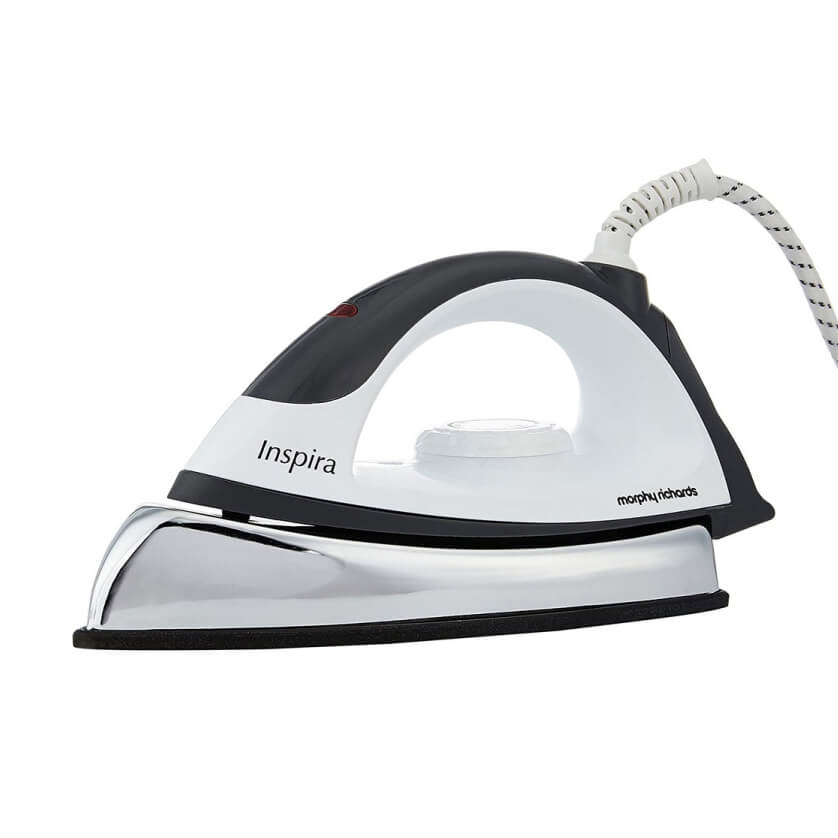Type of Soleplates
Soleplate is the part which comes in contact with the cloth and distributes heat
Choosing a wider soleplate will help cover a larger area while ironing
Choosing the right material for the soleplate is also essential
Aluminium Soleplates: Aluminium soleplates heat well but can get scratches on surface after prolonged use. They also tend to get sticky after ironing lots of clothes and are difficult to clean
Ceramic Soleplates: Ceramic soleplates distribute the heat evenly and are long lasting. These soleplates also glide very smoothly on any type of fabric
Non-stick Soleplate: Non-stick soleplate consists of Aluminium or metal plate with non-stick coating. These are easy to clean and maintain
Stainless Steel Soleplates: Irons with stainless steel soleplates are durable, corrosion free and scratch resistant. They help make ironing easy and effortless.







